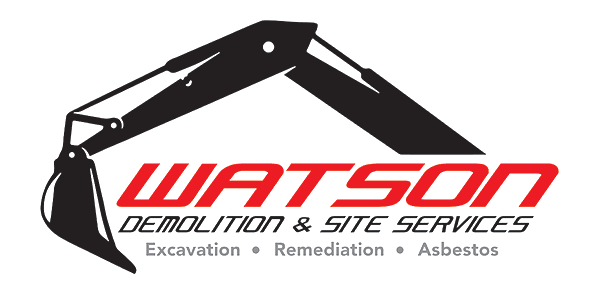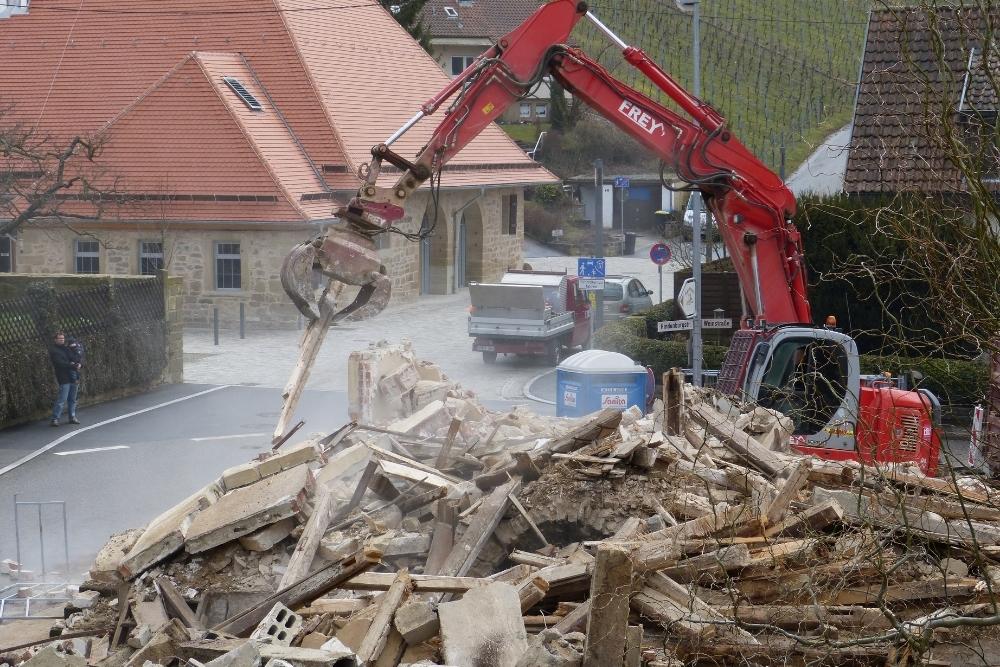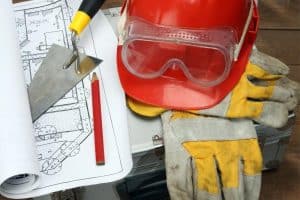When you demolish a building or structure, you don’t want anything bad happening to anyone inside it. That’s why you should always follow these safety precautions before starting the project and Demolition Central coast can help you.
When you demolish a building, you might cause damage to other buildings nearby. This is especially true if the building has asbestos insulation. If you don’t take proper precautions, you could get fined or even sued.
Before starting your demolition job, make sure you’ve followed the correct procedures. The safest way to remove asbestos is through professional demolition contractors who use special equipment and methods designed specifically to deal with this dangerous material safely.
There are many different types of materials that can be found in an old building. Some of them aren’t very hazardous while others contain toxic chemicals which need to be removed immediately. For example, lead-based paint may contain high levels of lead dust. It’s not good for people or animals to breathe it so it needs to be removed as soon as possible.
Demolition Service Companies will have specific tools and equipment to handle all types of materials like:
- Lead – When removing lead from a building, you’ll need to wear protective gear including heavy gloves and goggles because the dust created by scraping off the lead is extremely harmful. You’ll also need to wear respirators and coveralls.
- Asbestos – Asbestos is one of the most common hazards when demolishing old structures. There are several ways to safely dispose of asbestos but none of them is 100% effective. So you’ll need to hire professionals who know how to do it correctly.
- Toxic Chemicals. These include things like mercury, PCBs (polychlorinated biphenyls), pesticides, solvents, etc. They’re usually stored in containers such as drums or tanks which must be properly disposed of.
Before beginning any demolition work, find out what type of construction was used in the building and whether there were any major structural problems. In some cases, the building would require extensive repairs before it can be demolished. If necessary, ask about getting a permit prior to starting the job.
Doing research on the local government department websites or calling up their offices will give you information about permits and regulations related to demolition projects.
Once you’ve obtained permission to start the demolition process, you’ll need to choose a method that’s appropriate for the situation. For example, if the building isn’t very tall then it won’t take much effort to knock it down using a crane. But if the building is very large and requires more than one person to lift it, you’ll need to consider using cranes or mechanical jacks.
If the building doesn’t have a roof, you can simply tear it down using a wrecking ball or axe. However, if it does have a roof then you’ll need to first determine whether you can access the top of the building without causing serious injury. If not, you’ll need to get a ladder and climb up to see if parts of the ceiling can be taken down easily.
Once you’ve determined what kind of demolition method you want to use, contact the owner of the property to inform him/her about the plan. You might even want to show them photos of the structure so they understand exactly what you’re trying to accomplish.
You should also check with your insurance company to make sure you have adequate coverage for this project. This way, you can ensure everything goes smoothly.
We provide:
- Removal of unwanted items and debris
- Dismantling or dismantling of appliances
- Reassembly of furniture
- Disposal of trash and recycling
- Storage of belongings until a new home is ready
Tips for safe house demolition
Tips for safe house demolition:
- Always check with local authorities and insurance companies about how they will handle an emergency situation.
- Make sure that all employees wear appropriate personal protective equipment (PPE).
- Have a plan in place so that you know what will happen during the demolition process.
- Be aware of any health hazards associated with the materials that may be present at the site.
- Check with your local fire department to ensure there are no restrictions on where you must work.
- Make sure that you have enough money on hand to cover unexpected costs.
- Ask for advice from demolition experts.
- Make sure you hire only licensed contractors who hold valid licenses for their trade.
- Ensure that your contractor is properly insured.
- Keep track of all the details regarding the demolition process.
- Don’t try to do everything yourself; instead, leave the job to a qualified team.
- Make sure that you document all the steps of the demolition process.
- Get permission from your neighbours before starting your demolition job.
- Try to limit noise pollution around the site.
- Consider hiring a professional cleaning company to clean up after the demolition process.
- Use caution when working near water sources.
- Never work alone.
- Make sure that all tools and equipment are stored safely.
- Do not overload the hopper of the excavator.
- Keep children away from the construction site.
What are some safety precautions when tearing down a house?
When tearing down a home that has been vacant for a period of time, there are several things you should be aware of in order to avoid injury. First, make sure to wear gloves and eye protection. Second, make sure to wear shoes that protect your feet from sharp objects.
Third, never drive over cracks and holes in the ground because this can lead to accidents. Fourth, make sure to keep kids out of the area while the demolition takes place. Finally, make sure to call a professional demolition crew like Demolition Central Coast.
How long does it take to demolish a house?
This depends on many factors like weather conditions, soil type, construction materials used in the house, location of the house, its size etc. There’s no exact answer but typically it takes between 2-4 days depending on the number of rooms/bedrooms, windows, doors, roof structure, walls, floors etc.
How do I know if a wall needs to be reinforced before tearing it down?
If you notice cracking or crumbling in the walls, then it might need reinforcement before demolition. This is best done by calling a professional contractor like Demolition Central Coast which would give you accurate reports based on the information provided.
Is it legal to remove asbestos without a permit?
Yes, it is completely legal to remove asbestos from a residential or commercial property without a permit. However, it is essential to follow all the necessary safety precautions. You could face fines or even jail time if you don’t comply with the regulations.
If you want to get rid of asbestos, you will have to hire a certified asbestos abatement team like the professionals at Demolition Central Coast. They will provide you with all the necessary paperwork along with the other related requirements.
What is the difference between structural and non-structural demolition?
Structural demolition refers to the destruction of any part of the building that makes up its frame. On the other hand, non-structural demolition involves the removal of only supporting structures like beams, columns, rafters, girders, shear walls, floor slabs, foundations etc. A good example is the demolition of a garage, which is usually non-structural.
What is the purpose of a fire watch?
A fire watch is an inspection made by trained and experienced personnel who check for any signs of fire. They also conduct inspections to ensure proper fire safety measures are taken. It’s important to note that fire watches aren’t always mandatory and they may not be carried out in every case. However, they’re still recommended whenever a large-scale project like demolition is being undertaken.
Does the demolition industry require insurance?
Insurance plays a major role in protecting people and properties during the demolition process. Insurance helps cover costs associated with damage caused to the surrounding areas as well as personal injuries sustained by workers involved in the process. It also covers the cost incurred due to delays or cancellations. In short, it provides financial help for both parties.
What tools and equipment should be used when demolishing a house?
The most common tools required for demolition include jackhammers, drills, hammers, saws, power tools, crowbars, torches, ladders, cranes, backhoes, excavators, trucks, forklifts, wheelbarrows, scaffolding, generators, blowers, sandblasters, welding machines, cutting tables, electrical panels, sledgehammers, axes, chainsaws, electrician’s tape, and various other items. Other than these, you’ll also need a lot of manpower, so make sure your workforce is big enough to handle the job.
What is the safest way to dispose of asbestos?
Asbestos is a hazardous material that can cause serious health problems. As such, disposing of this substance safely is very important. The safest way to do so is through professional asbestos removal teams that specialize in this type of work.
These companies know how to deal with asbestos properly and ensure that no harm comes to anyone as a result of their actions. How long does it take to demolish a home?
This depends on the size of the project as well as the number of rooms you plan to tear down. Generally, a typical single-story house takes anywhere between two days to three weeks to complete. However, larger buildings often require much longer times.



